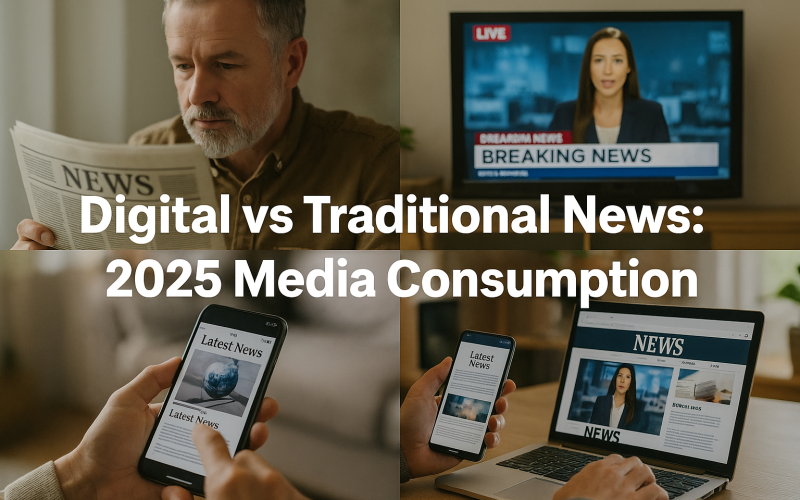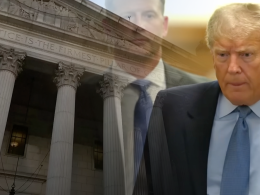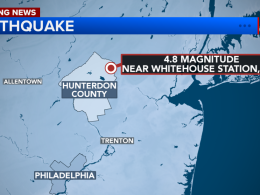Introduction
In 2025, the way people get news has changed a lot. Some like printed newspapers. Others check stories on phones. Digital news vs traditional news is at the heart of media consumption today. People choose sources based on trust and convenience. This article will explore how digital and traditional news compare. You will learn their strengths and weaknesses. By the end, you can decide which fits your needs. Always value accuracy and reliable sources.
What Is Digital News and Why It Matters
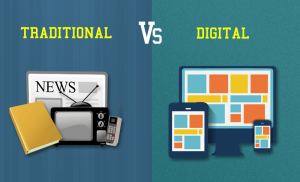
Digital news refers to news online. You find it on websites, apps, or social media. Most people use smartphones to read news. Mobile devices let you see updates anytime. Online sites offer breaking stories, live blogs, and videos. You can watch a report the moment it happens. That speed matters. Viewers stay informed instantly.
Benefits of Digital News
One benefit is speed. If a major event happens, sites update in minutes. Another benefit is variety. You can read articles, watch videos, or listen to podcasts. Many platforms let you comment and share. Some offer newsletters for your interests. These tools help you get news on topics you care about.
What Is Traditional News and Its Value
Traditional news means newspapers, magazines, television, and radio. These forms still exist, but they have changed. Many newspapers have digital editions, but people still pick the paper in the morning. TV channels stream online too, but viewers enjoy watching on schedules.
How Newspapers Work
Printed newspapers set deadlines. Reporters write stories before a print time. If a story breaks late, it appears the next day. Newspapers offer in-depth reporting. They include analysis and opinion columns. Readers enjoy turning pages and seeing quality photos.
Benefits of Traditional Newspapers
One benefit is trust. Many readers trust long-standing newspapers. They believe editors fact-check each article. Newspapers give context. Instead of short updates, they include background. Some studies find reading print can improve focus and comprehension.
Television News and Its Role

Television news offers a visual experience. Anchors present stories on live broadcasts. TV channels also stream online. People can watch on smart TVs or phones. TV news shows interviews and live feeds from scenes.
Benefits of Television News
A benefit is visuals. Seeing an event makes it feel real. Live broadcasts from protests or press conferences give a sense of being there. TV uses graphics and cameras. That polish adds trust and authority.
Radio News and Its Place
Radio seems old, but it is important. People listen in cars, at work, or while exercising. News radio gives short updates each hour. Some stations focus only on news. Others mix news with music.
Benefits of Radio News
Radio is instant and easy. You do not need to watch a screen. You can listen while driving or cooking. In emergencies, radio can save lives. People trust local stations for weather and traffic. Radio also reaches areas where internet is slow.
Comparing Digital and Traditional News
Digital news and traditional news each have strengths and weaknesses. Knowing these helps you decide which to use.
Table: Digital News vs Traditional News Comparison
| Feature | Digital News | Traditional News |
|---|---|---|
| Speed | Updates in real time | Updates at set print or broadcast times |
| Accessibility | Requires internet | Available via paper, TV, or radio |
| Format | Text, video, audio, interactive features | Print pages, TV broadcasts, radio segments |
| Reliability | Varies by source; risk of misinformation | Often seen as more reliable; fact-checking by editors |
| Depth of Coverage | Short posts to long articles | In-depth reporting in newspapers; detailed analysis |
| Cost to Consumer | Often free or subscription-based | Newspapers cost money; TV/radio often free |
| Engagement | Comments, shares, polls, personalized content | Letters to the editor, call-ins on radio shows |
| Visual Experience | Multimedia; embed images and videos | Quality print photos; live TV visuals; no visuals on radio |
| Portability | Phones, tablets, laptops | Paper is portable; TV needs a screen; radio is portable |
| Archiving | Easy to find old articles online | Physical archives; some digital archives |
Audience Preferences in 2025
By 2025, habits vary. People under 30 use digital news only. They scroll feeds and watch short videos. They value speed and variety. Older audiences may trust newspapers and TV. They grew up with those formats and like routines.
Reasons People Choose Digital News
Digital news users want instant access. They like to watch a video of a news event or read a quick summary on phones. Social media drives news. A story can trend on Twitter or TikTok, leading people to click and read more. Personalized apps recommend stories based on what you read. That means you see topics you care about.
Reasons People Choose Traditional News
Traditional news offers a break from screens. Many readers enjoy flipping through a newspaper at breakfast. They trust established brands with a long history. They also like the depth that newspapers provide. This format works for long commutes or people who are not tech-savvy.
Trust and Credibility
Trust is key in media consumption. Surveys in 2025 show older adults trust TV and newspapers more than social media. They believe those sources fact-check. Younger people are skeptical of traditional outlets and trust digital influencers more. This trust gap shapes how each group consumes news.
Impact of Mobile Devices and Apps
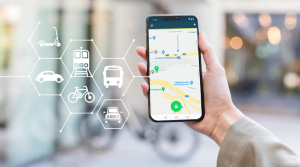
Smartphones play a big role in digital news. In 2025, most news apps send push notifications for major events. If a new law passes, your phone buzzes with a headline and a link. This immediacy keeps people connected. Apps also let you bookmark or save news videos.
Key Apps in 2025
Top news apps include mainstream outlets like CNN, BBC, and New York Times. Aggregator apps like Google News and Apple News are popular too. Many local newspapers have apps. These apps let users customize topics they see. Some even offer audio versions for listening on the go.
Role of Social Media in News Sharing
Social media shapes how digital news spreads. On Facebook, Twitter, and Instagram, people share links and discuss stories. In 2025, TikTok launched a news section with 60-second summaries. These summaries reach younger viewers who may not read long articles.
Community and Engagement Online
Online sites let users discuss stories in comments. Some sites host live chats during major events. During elections, readers join live blogs to discuss results. This community feel makes digital news interactive. Readers can ask questions and get replies from journalists.
Changing Role of Advertisements
Advertising pays for much digital news. In 2025, many sites give free access if you view ads. Others let you pay a fee to go ad-free. Ads target you based on interests. You might see a sports ad after reading a sports story.
Ads in Traditional Media
Newspapers include ads that are the same for every reader. TV news has commercials during breaks. Radio news has short ad spots between segments. These ads are broad and may not feel relevant.
Media Literacy and Fact-Checking
As sources multiply, media literacy is vital. It means learning to evaluate if a story is true. Fact-checking sites like Snopes or FactCheck.org help. In 2025, many schools teach students how to spot fake news.
Simple Checks for News Stories
Check the source. Is the site known and respected? Look at the author. Do they have credentials? Read beyond the headline. Sometimes titles hide weak stories. Check dates. Old stories can resurface as if new. Finally, consult fact-checkers.
Tip: Pause before sharing a story on social media. Ask, “Could this be false?” That pause can stop false news.
Conclusion
Digital news and traditional news each have unique strengths. Digital news has speed, variety, and personalization. Traditional news provides depth, context, and trust. In 2025, most people combine both. By using a mix of apps, websites, papers, and broadcasts, you get a more complete view. No single source covers everything perfectly. To stay informed, use multiple sources and check facts. This balanced approach helps you see beyond headlines and understand the news better.






